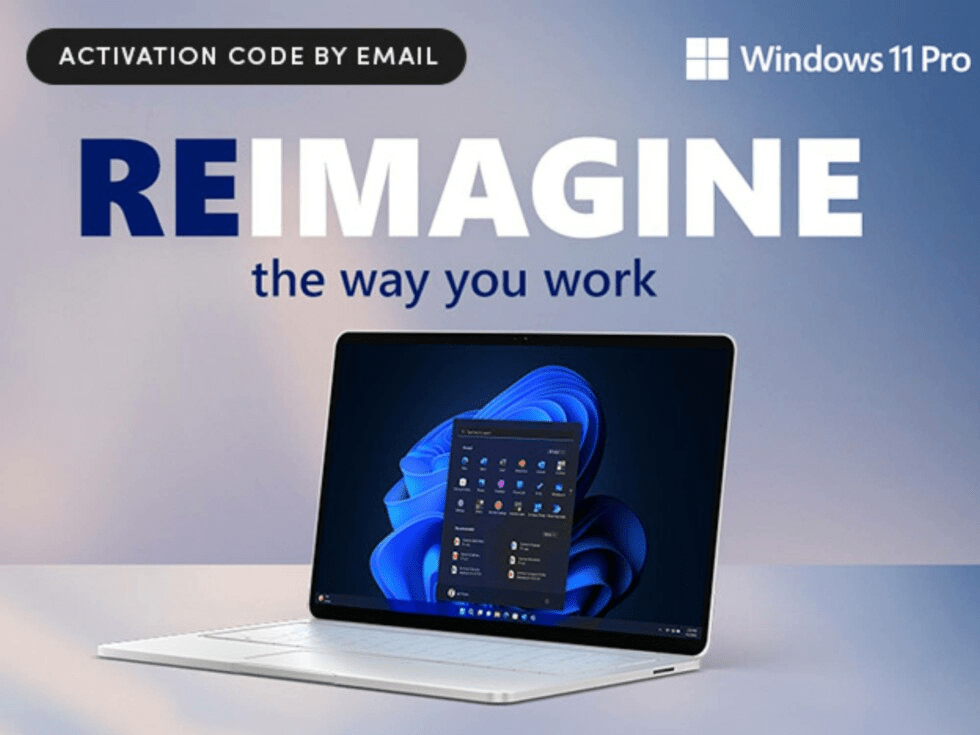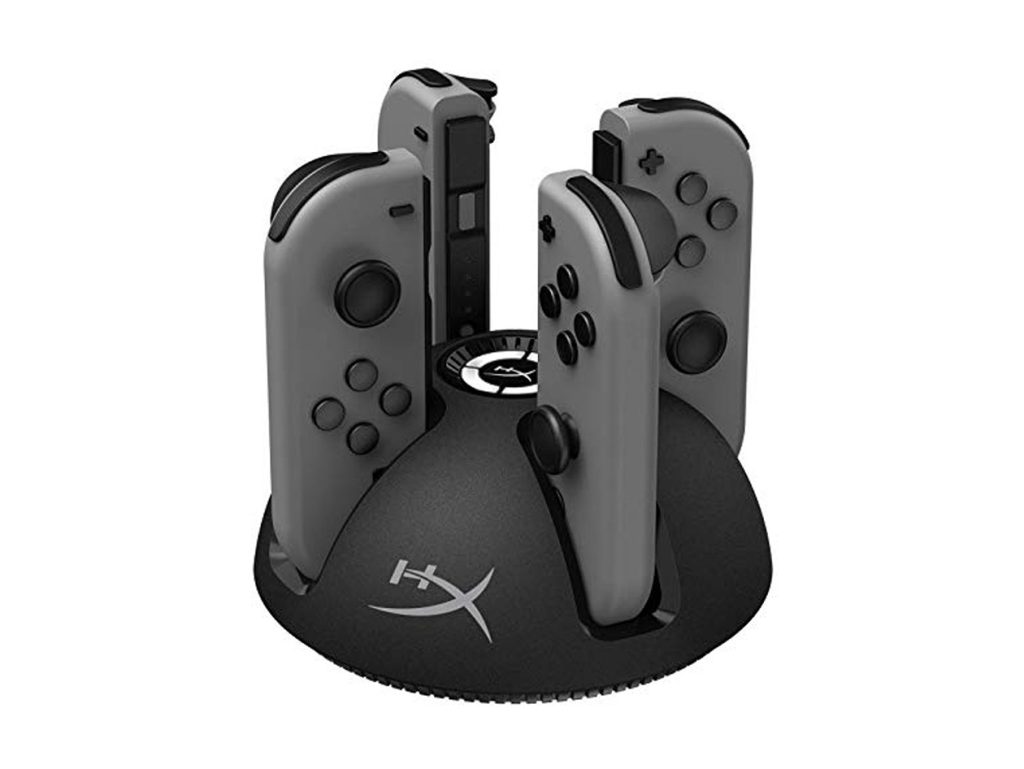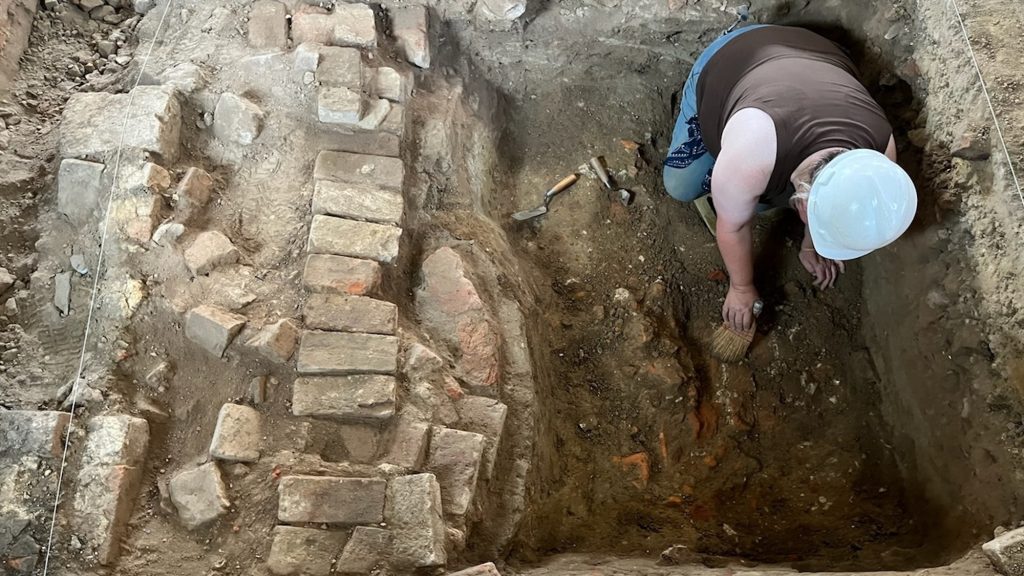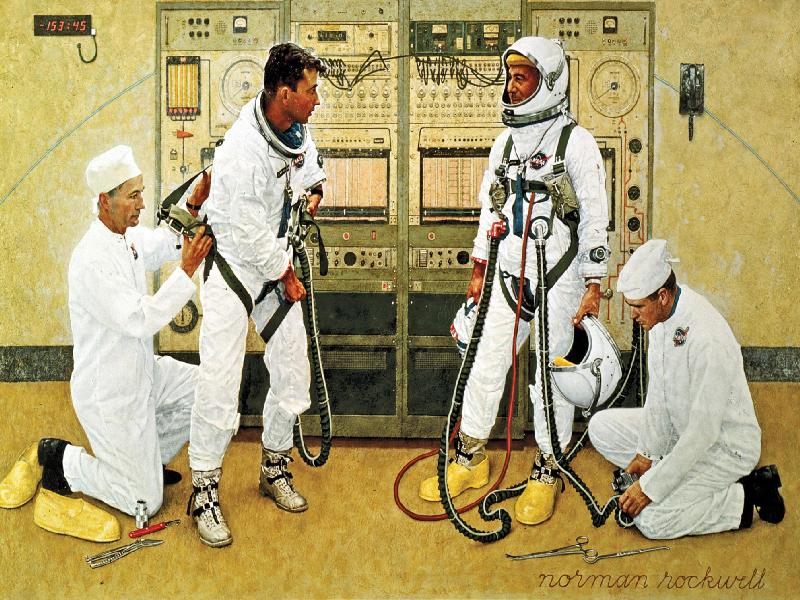Now Reading: The Sky’s Not the Limit: Testing Precision Landing Tech for Future Space Missions
-
01
The Sky’s Not the Limit: Testing Precision Landing Tech for Future Space Missions
The Sky’s Not the Limit: Testing Precision Landing Tech for Future Space Missions
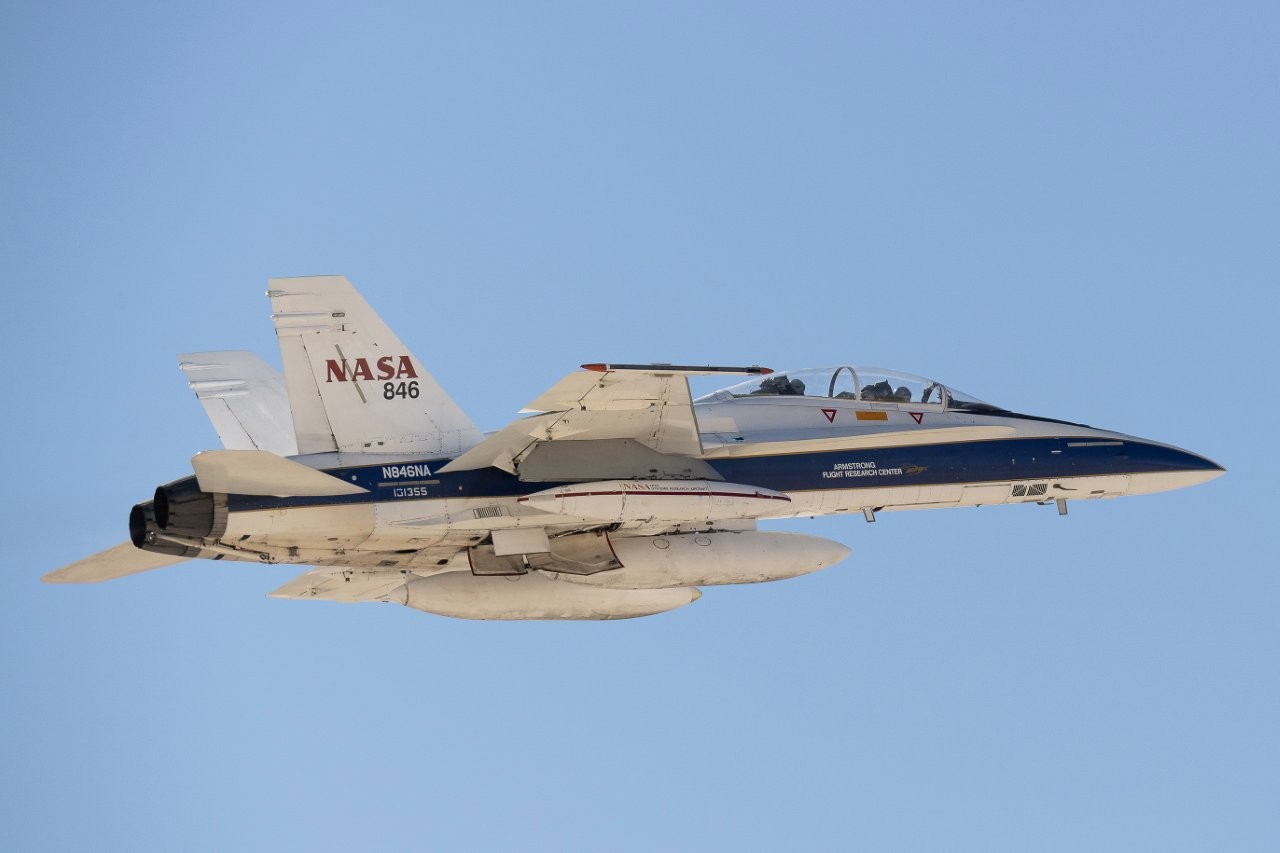
Nestled in a pod under an F/A-18 Hornet aircraft wing, flying above California, and traveling up to the speed of sound, NASA put a commercial sensor technology to the test. The flight tests demonstrated the sensor accuracy and navigation precision in challenging conditions, helping prepare the technology to land robots and astronauts on the Moon and Mars.
The Psionic Space Navigation Doppler Lidar (PSNDL) system is rooted in NASA technology that Psionic, Inc. of Hampton, Virginia, licensed and further developed. They miniaturized the NASA technology, added further functionality, and incorporated component redundancies that make it more rugged for spaceflight. The PSNDL navigation system also includes cameras and an inertial measurement unit to make it a complete navigation system capable of accurately determining a vehicle’s position and velocity for precision landing and other spaceflight applications.
The aircraft departed from NASA’s Armstrong Flight Research Center in Edwards, California, and conducted a variety of flight paths over several days in February 2025. It flew a large figure-8 loop and conducted several highly dynamic maneuvers over Death Valley, California, to collect navigation data at various altitudes, velocities, and orientations relevant for lunar and Mars entry and descent. Refurbished for these tests, the NASA F/A-18 pod can support critical data collection for other technologies and users at a low cost.
Doppler Lidar sensors provide a highly accurate measurement of speed by measuring the frequency shift between laser light emitted from the sensor reflected from the ground. Lidar are extremely useful in sunlight-challenged areas that may have long shadows and stark contrasts, such as the lunar South Pole. Pairing PSNDL with cameras adds the ability to visually compare pictures with surface reconnaissance maps of rocky terrain and navigate to landing at interesting locations on Mars. All the data is fed into a computer to make quick, real-time decisions to enable precise touchdowns at safe locations.
Since licensing NDL in 2016, Psionic has received funding and development support from NASA’s Space Technology Mission Directorate through its Small Business Innovative Research program and Tipping Point initiative. The company has also tested PSNDL prototypes on suborbital vehicles via the Flight Opportunities program. In 2024, onboard a commercial lunar lander, NASA successfully demonstrated the predecessor NDL system developed by the agency’s Langley Research Center in Hampton, Virginia.












